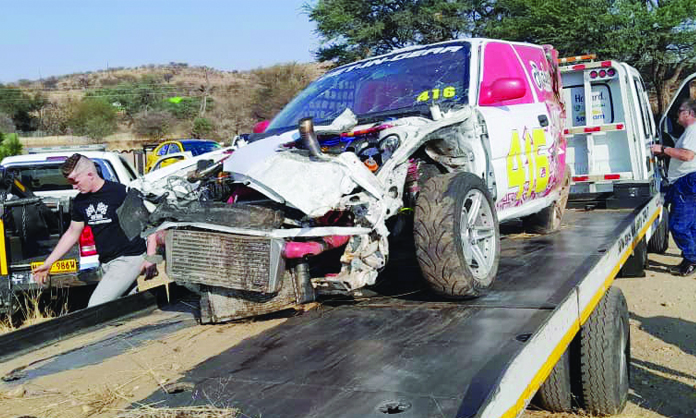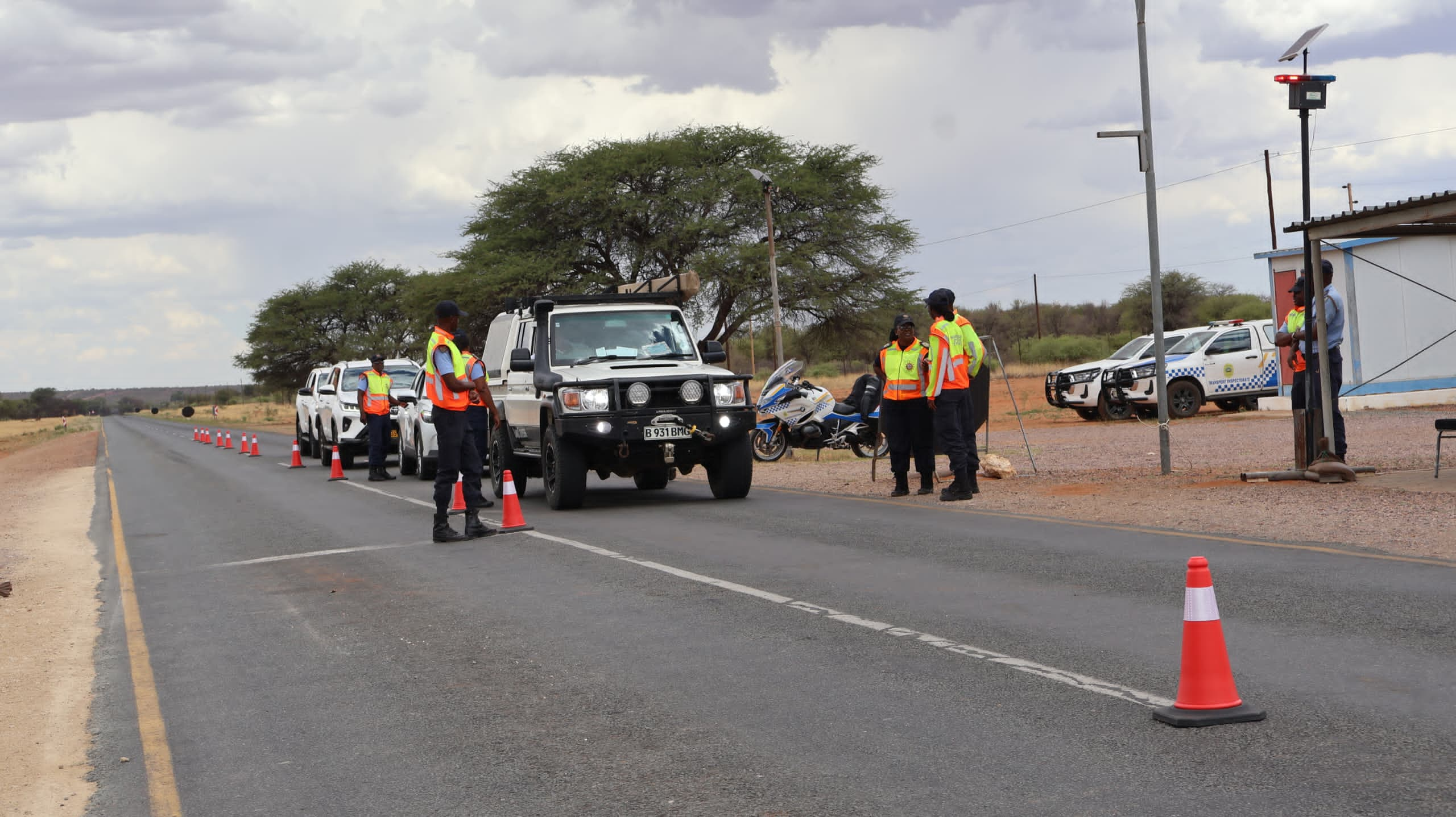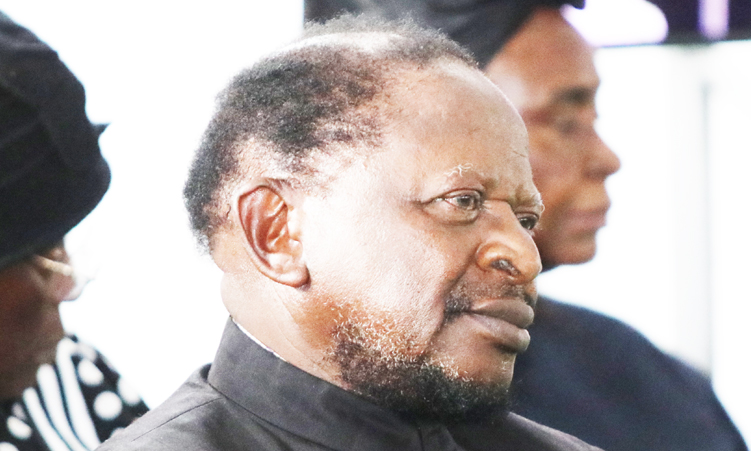Race driver Michael Strydom learnt the importance of wearing the prescribed safety gear and complying with race safety regulations after being involved in an accident over the weekend.
Strydom’s car developed technical issues during the second heat of a race, coming to a halt in the nearby bushes.
He was immediately checked by medics from AEMS Ambulance Services, before being taken to hospital for further treatment.
TopRevs spoke to Strydom shortly before the second leg, when he reported that the competition was going great.
“Great competition, clean racing with lots of fun here at the Tony Rust Race Track.”
Strydom’s injuries are limited to a fractured wrist and a few bruises, and he has since been released from the hospital.
However, the incident underscores why the Namibian Motor Sport Federation (NMSF) and the various local motorsport clubs, in this case the Windhoek Motor Club (WMC), are obliged to ensure the safety of the local motorsport and adherence of the Fédération Internationale de l’Automobile (FIA).
These regulations include having an ambulance on standby at all times before any race can take place.
It goes without saying, however, that any motorsport, whether circuit racing, rallies, F1 or motocross, involve a certain degree of risk.
Johan Kruger, who is tasked with inspecting each vehicle before races, says various safety protocols, products and measurements must be adhered to.
“The most important thing is your roll cage, how it is built and safety belts are a big concern, as they have expiry dates and must be checked. Drivers get a warning and with the next race, they have to be replaced,” he adds.
Kruger highlights the importance of five-point safety belts, which must be crossed over at the back of the seat to ensure the driver is protected in case of an accident.
Furthermore, safety gear like neck support, safety helmets, fire retardant driving suits, gloves and even kidney belts, to mention a few, are important in terms of the driver’s personal protective equipment, he says.
In addition, all cars must have a fire extinguisher and a kill switch installed so that any person can cut the engine in case the driver loses consciousness, he adds.
NMSF representative Derek Jacobs says following Strydom’s incident, priority will be given to ensuring safety on and off the track.
He says they are investigating the accident.
“Everything that was in Michael’s vehicle did what it was supposed to do. The roll cage was intact and did what it was supposed to do. His racing seat, safety belts, helmet, head and neck restraints – everything that was in place worked,” Jacobs says.
WMC chairperson Richard Slamet says due to the strict scrutiny and safety of the vehicles, Strydom survived with minor injuries.
“All of his vitals are okay and it just again shows how safe these cars are and how serious we (WMC and NMSF) are when it comes to safety measures,” Slamet adds.
Stay informed with The Namibian – your source for credible journalism. Get in-depth reporting and opinions for
only N$85 a month. Invest in journalism, invest in democracy –
Subscribe Now!







